Eight major functions of dispersants in coatings
A dispersant is a surfactant that has two opposite properties: lipophilic and hydrophilic in the molecule. In coatings, the use of dispersants not only reduces viscosity, but also affects the final performance of the coating.
Eight functions of dispersants
01
Increase pigment and filler content
Adding a dispersant can disperse higher pigment and filler content, break the particles more quickly, prevent the viscosity from increasing during the grinding process, shorten the dispersion time, and reduce energy consumption.
02
Improve paint gloss
The smaller the particle size contained in the paint, the higher the gloss. Polymer dispersants can avoid the formation of large particles due to flocculation and improve coating films.
03
Improve paint hiding power
For white paint, the addition of dispersants can reduce the agglomeration of pigments and fillers such as titanium dioxide, reduce the particle size to increase the surface area, and further improve the hiding power.
04
Improve paint coloring power
For colored paints, the addition of dispersants can reduce the average particle size of the pigment to increase the tinting strength. The dispersant increases the collision stability of finer particles and prevents flocculation, thereby giving full play to their inherent coloring strength.
05
Prevent floating color and blooming
Blue and black paint are prone to floating and blooming because the density, particle size, and movement speed of the particles of these two colors are very different from those of titanium dioxide. One pigment sinks due to gravity and the other floats, causing floating and blooming.
If both particles are well moistened, the random movement of the particles will make the paint uniform, and the phenomenon of paint floating and blooming will be improved.
06
Improve paint leveling
Leveling is the ability of paint to spread on a specific surface and is largely affected by pigments and fillers. After pigments and fillers are introduced into the system, the system becomes unstable and is very prone to thixotropy and pseudoplasticity, which affects the leveling performance of the paint. When the dispersant is added, the pigment particles are more stable under the action of the dispersant and the leveling properties are improved.
07
Prevent flocculation
There are many reasons for the flocculation of pigment and filler particles. Generally, pigments with large specific surface area and small particle size are more likely to flocculate. On the one hand, the dispersant makes the charges on the surfaces of the two pigment particles different, causing the particles to repel each other; on the other hand, it connects a certain amount of pigment particles through the saturated adsorption layer adsorbed on the surface of the pigment particles to control flocculation.
08
Prevent settlement
The principle of dispersant to prevent sedimentation is the same as above. It uses charge effect and steric hindrance to prevent pigment and filler particles from flocculating. Controlling their particle size within a certain range can prevent pigment and filler particles from settling and is conducive to the preservation of paint.

